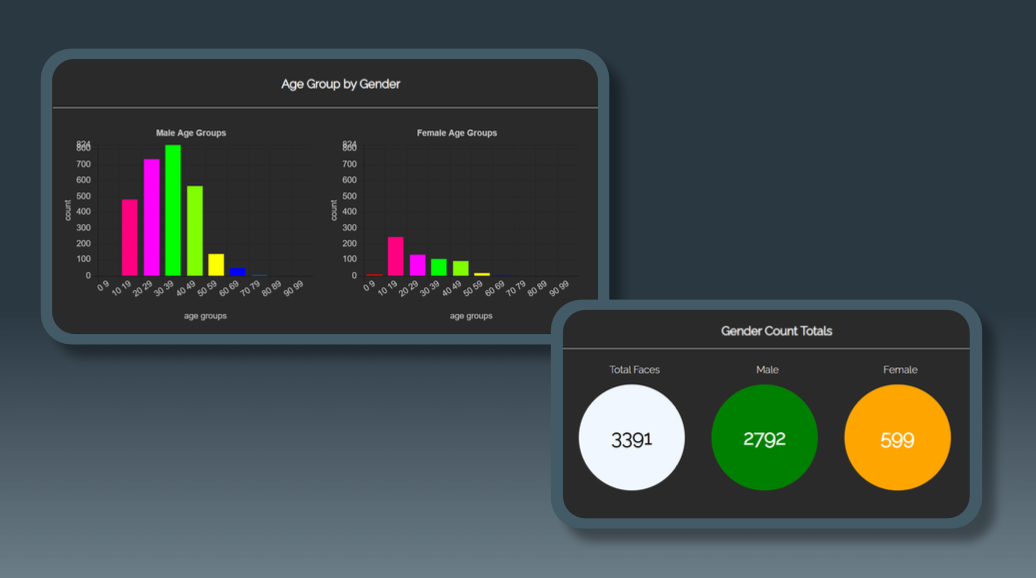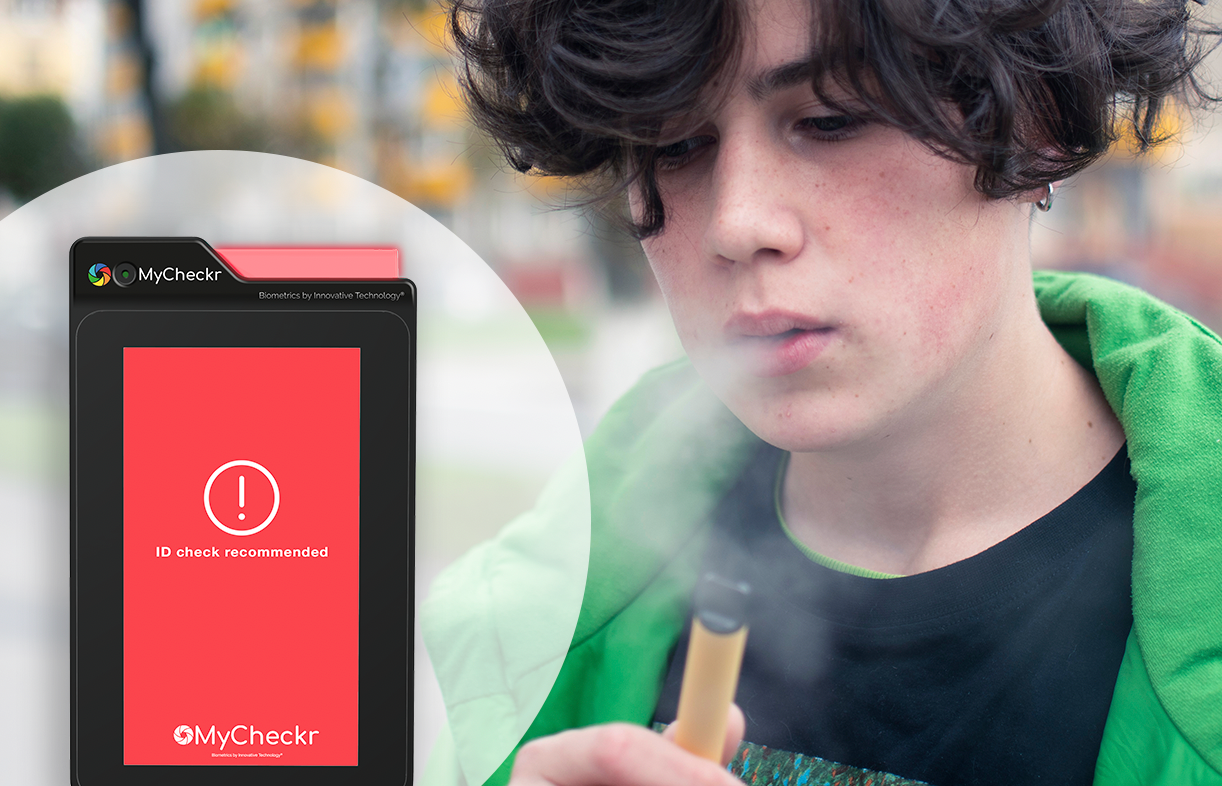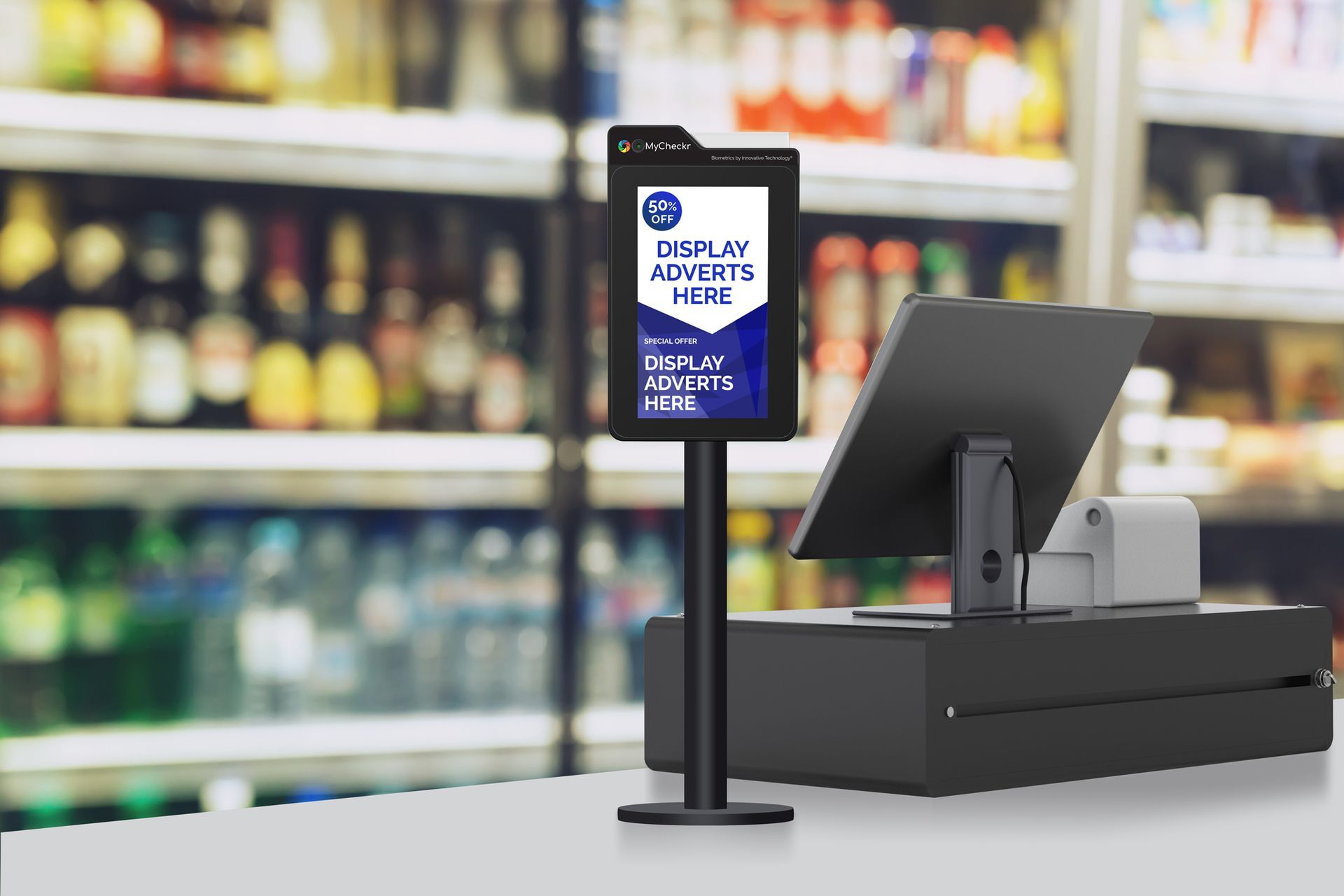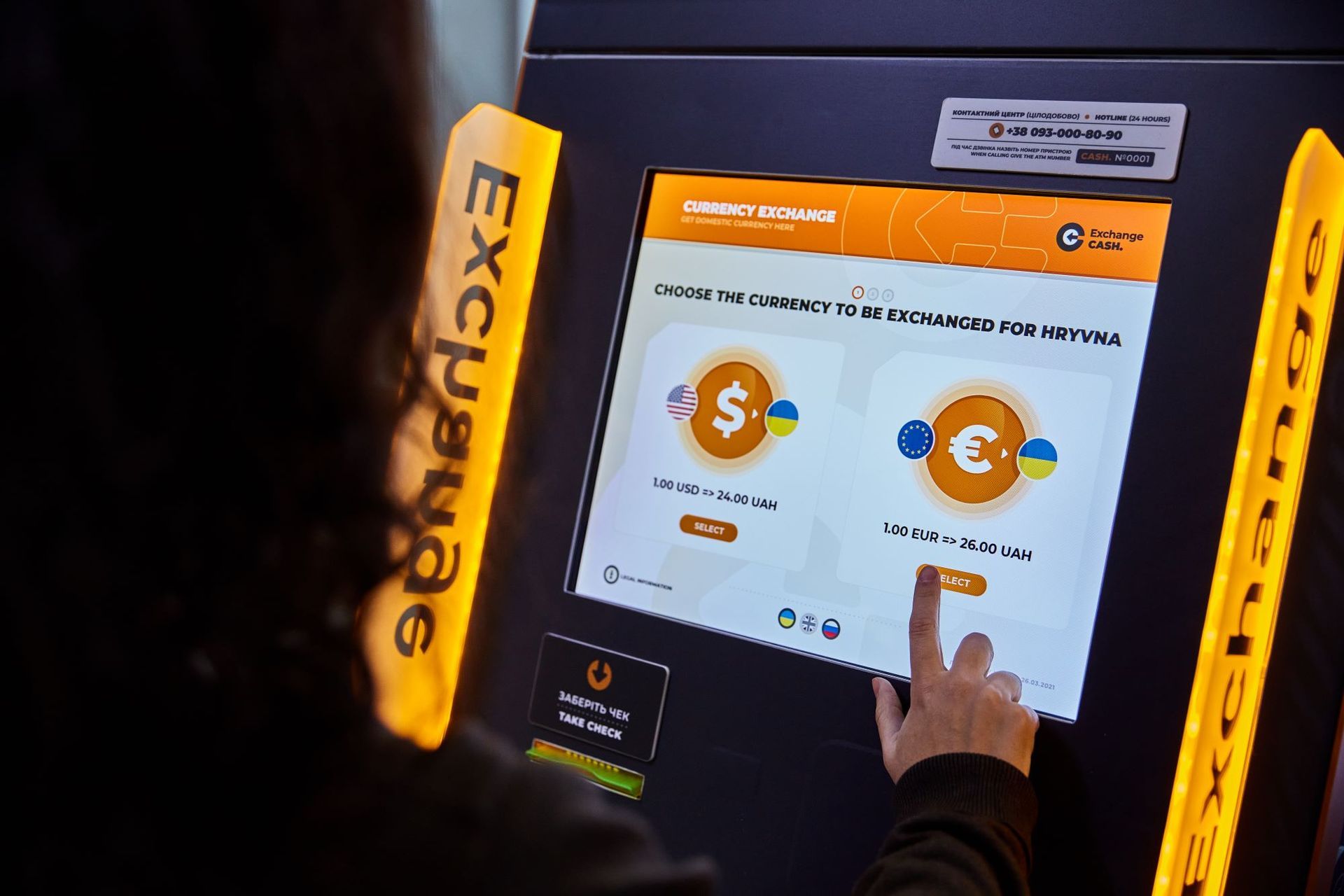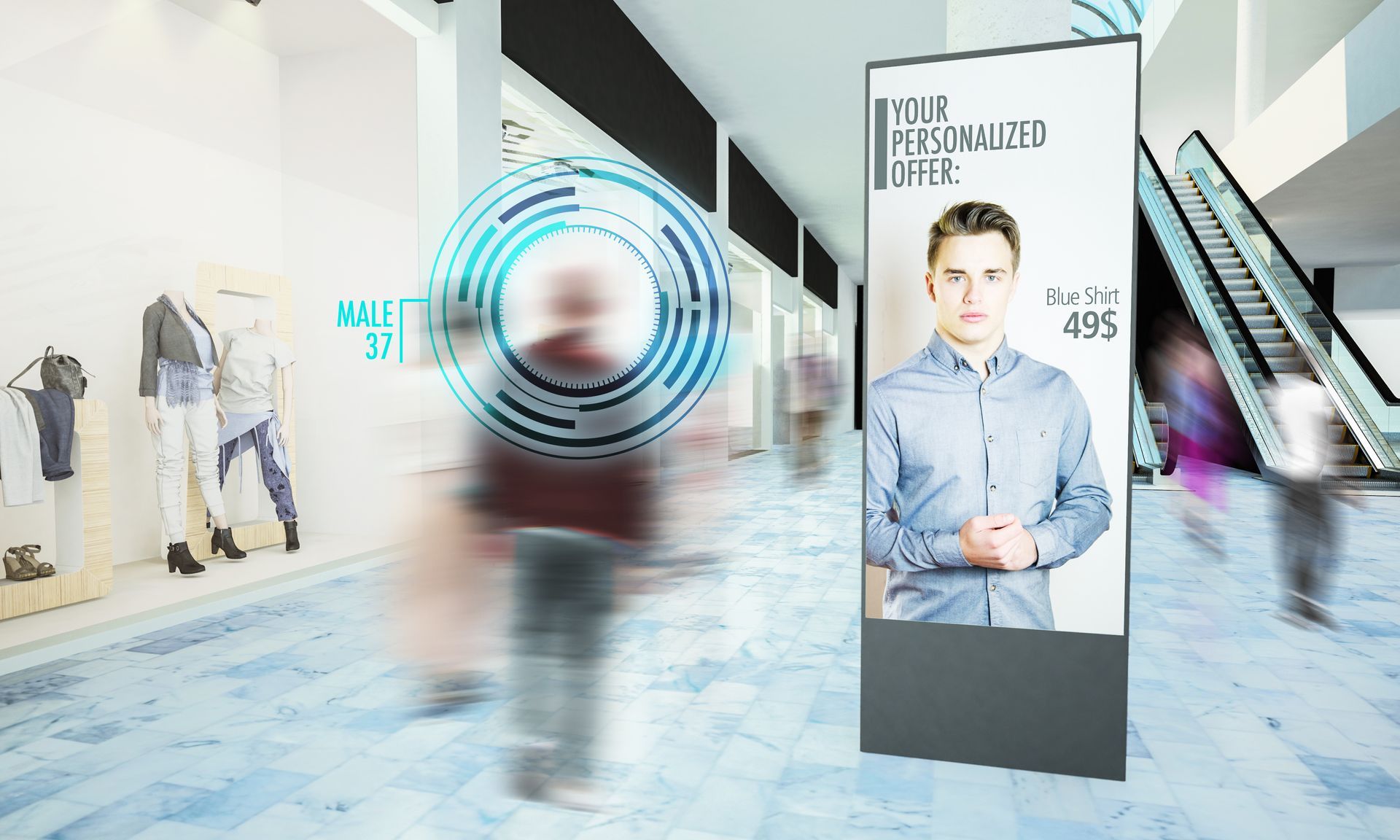Safer Gambling: UK Government shows its cards on the trajectory of gambling reform for the digital age
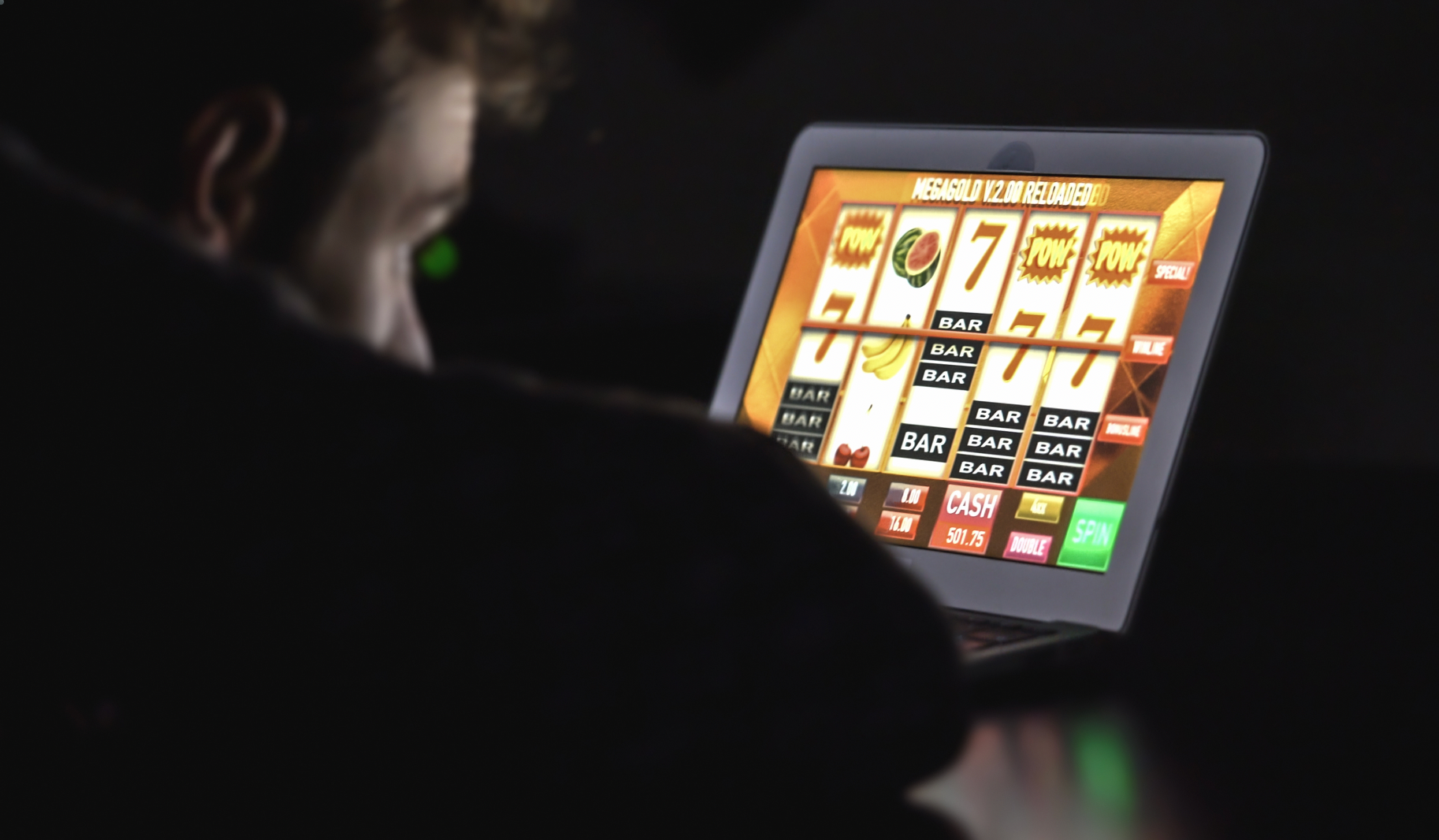
When gambling poses the risk of becoming a clinical addiction the government needs to ensure there are proper protections. That is why change is now needed.
UK Department for Culture, Media and Sport, 2023.
The Secretary of State for Culture, Media and Sport (DCMS) recently presented a white paper to Parliament, outlining the ill-equipped and outdated standards for protecting vulnerable players, and how they have failed to adapt to the digitalised age of gambling. There seems to be a disconnect between the technological advancements of gambling itself, and the technological advancements intended to protect its players.
According to the paper, there are an estimated 3,000,000 people in Great Britain who struggle with ‘problem gambling’ - defined as “a degree which compromises, disrupts, or damages family, personal or recreational pursuits”. The impact of problematic gambling can destroy lives and, given the impact of the current economic crisis on the lives of so many, it is imperative that the industry is supported to take on board the new approaches to gambling protocol as put forward by the white paper.
Despite the technological advancements within the industry making gambling accessible online, there is still a demand for land-based gambling enterprises such as casinos, betting shops and racecourses as they offer an authentic experience and atmosphere. Such a vivacious atmosphere cannot be emulated online which is indicative that land-based gambling sites will always be popular among players, whether regular or first-timers.
The white paper acknowledges that these are subject to outdated regulations, and looks to bring these in line with the proposed changes to the online gambling reformations. These intend to enable better monitoring of land-based gambling, in the same way that controls can be placed online to help protect players wherever they play.
From betting shops to pubs with arcade machines, discover more about what the recent white paper recommends for implementing Player Protection protocols in your business and providing responsible restrictions for your customers.
Player Protection
Gambling operators are responsible for identifying customers who are susceptible to harmful play and must act accordingly. However, the operators have not had to date the adequate tools or assistance in performing checks on every person that enters their premises. Technology can be utilised to aid operators in this challenging but necessary task in protecting their players.
Biometric technology can help the operator in three core tasks
1) Age Estimation to prevent underage gambling
2) Player Tracking to limit daily spend or excessive losses
3) Identifying Self Excluded Players
Underage gambling
In the UK, most forms of gambling are illegal for those under 18s, and the government has the intention of strengthening this further by enacting legislation to ensure consistency. Gambling organisations are obliged to have stringent procedures in place to prevent underage gambling
Recent figures released by Serve Legal reveal a vast rise in the number of bookies preventing young people from entering their shops. Instances of betting shops carrying out spot checks on underage players have increased from 67% to 91% over the last ten years. This is a promising statistic, and concrete evidence that the new infrastructure put in place to protect players is working.
“However, there are still too many instances of insufficient age verification in some venues, particularly those such as pubs, which can offer adult-only gaming machines but are not adult-only venues like many gambling premises.” - UK Department for Culture, Media and Sport, 2023.
To further help reduce access to a premises, ICU Pro can detect if an underage person is entering the premises and send an alert to the operator. A MyCheckr can be placed at the counter to aid the till operator in estimating the age of the customer and also reduce risk of abuse in asking for ID. Analytic and appropriate advertisements is also an attractive feature of the MyCheckr and can be used both as a return on investment and a valuable tool to extract the demographics of the customer base.
Biometric technology can be also used to automate age checks at a machine. ICU Lite, for example, is a compact age estimation device that can be seamlessly integrated into existing software and machines to help businesses comply with adherence to age restrictions. Through more stringent and consistent checks it can help prevent play from vulnerable persons who are underage from accessing the machine.
This new technology gives the operator 3 touchpoints where underage gambling can be prevented, 1) at entry to the premises 2) at the counter 3) at the gaming machine itself.
Player Tracking
Under the Gambling Act 2005, the Gambling Commission was established to regulate the industry and ensure responsible gambling among both individuals and businesses involved in gambling in Great Britain. In their review, the Department of Culture and Sport worked with the Gambling Commission to develop a two-form financial check preventative procedure.
The first will be background checks for moderate levels of spend, to check for indicators of financial vulnerability such as County Court Judgements, and should occur at £125 net loss within a month or £500 within a year. The next check is for higher levels of spending, suggestive of a harmful gambling binge or irrecoverable financial losses as a result of gambling, proposed at a threshold of £1,000 net loss within 24 hours or £2,000 within 90 days.
Biometric technology can again help operators in this vital task. A ICU Lite can be placed in every machine. Once a player accesses the machine, their age is initially checked. If the person is overage, then their face can be converted into a FaceID. This FaceID can be anonymously linked to the session and shared with all connected machines. Information such as daily spend and losses can then be linked to this FaceID and any necessary interventions can be easily alerted to the operator.
Additionally, the FaceID of a person can be used to set tailored restrictions and can be uploaded to the operators' database with the agreed restrictions. For each session, the FaceID can ensure that the player will adhere to playing with the restrictions they have set. The FaceID can be automatically deleted after 24 hours and as such no data is stored permanently on the device.
Self-exclusion
The Betting and Gaming Council enforces that anyone concerned about their gambling habits can exclude themselves from on-premises gambling facilities. Self-exclusion has the potential to help those suffering from gambling addictions to have more control over their lives and build a healthier relationship with gambling. However, the nature of addictions can lend itself to relapses and succumbing to desires to gamble. This is why we must turn to and support operators to provide sufficient measures to help mitigate addiction, and harmful play and create a controlled, enjoyable gambling environment.
One way this can be achieved is through biometric facial recognition technology. If a player has previously self-excluded, our devices are able to store players' information as a completely anonymous FaceID. If the player attempts to play again, the device will detect a match on the system for an attempt of play by a person who is self-excluding and alert the operator. This intervention can occur at multiple touchpoints, such as access to the premises, at the counter or at the machine itself.
Bolstering the Gambling Commission
The white paper also discusses the powers and resources given to the Gambling Commission. The paper acknowledges the difficult feat that the Commission is faced with; in an ever-evolving industry that has long been subject to outdated regulations, there is a lot of work to be done.
The Department for Culture, Media and Sport envisions a future where the Commission has greater powers as regulators of the industry and supports the Commission in gaining cooperation from operators to share data to help identify non-compliance to licence conditions.
This is made even more prevalent as the Commission has recently issued its largest fine in history. A British online gambling company was recently fined £19.2m for widespread social responsibility and anti-money laundering failures, a record-breaking figure in the UK. The organisation had previously been fined £6.2m in 2018 for the same reasons, illustrating a repeatedly negligent pattern.
Protecting vulnerable players is a vital but complex task. Operators need the right support and tools to maintain and advance player protection as technology develops. Biometric technology will play a key role in implementing these key reforms designed to improve player protection.
To close, the future for gambling certainly looks like one of change for the better. The restrictions are there not to impede the recreational joy of gambling, but to protect those most vulnerable to addiction. As stated by MP Lucy Frazer, who penned the ministerial foreword of the white paper, “prevention of harm will always be better than a cure, so we are determined to strengthen consumer protection and prevent exploitative practices”.
For more information about how Innovative Technology can help you implement protective features within the gambling industry, get in touch with us today.

